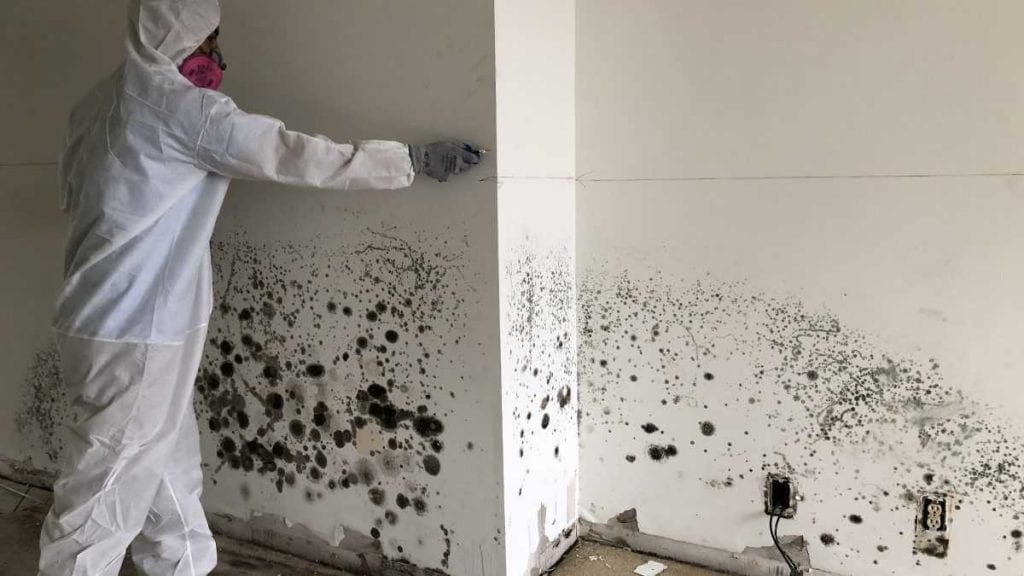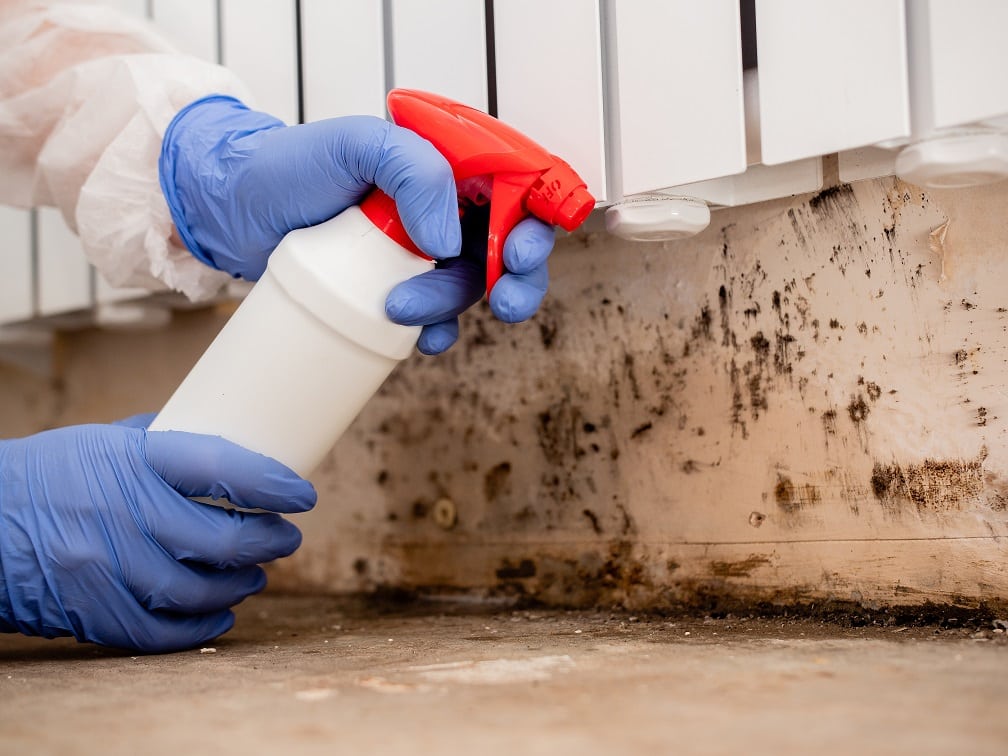Mold Remediation and Abatement
Northwest Restoration stands as your trusted partner for comprehensive property restoration and remediation services. Our firm is IICRC Certified and is an approved vendor through all major insurance companies. From reconstruction, water and fire damage, mold remediation and biohazard cleanup. Our experienced team of restoration specialists has the expertise and equipment to tackle any challenge your home or business may face. We are dedicated to delivering fast, dependable, and complete restoration solutions that return your property to optimal condition. Count on Northwest Restoration for outstanding workmanship, careful attention to every detail, and an unwavering dedication to exceeding your expectations.
Common sources of moisture that lead to mold growth include leaking pipes, roof damage, flooding, high humidity levels, condensation from HVAC systems, and even everyday activities like cooking and showering when proper ventilation is lacking. Moisture can come from a hidden plumbing leak behind walls, inadequate waterproofing in basements, poor drainage around the foundation, or insufficient ventilation in bathrooms and kitchens.
Here at Northwest Restoration, we identify and address the source to eliminate it. It is important that the source of the water or moisture be accurately determined and eliminated; then remediation, or removal of the mold can be completed without concern for its return.

We provide emergency same-day assistance to quickly and effectively handle your urgent restoration requirements. Our team also guides you through the intricate insurance claims process, making it easier and less stressful for you to manage. Reach out to us today for immediate, expert support and the confidence that comes from knowing your situation is in capable hands.
The Restoration Process
1. Safety Preparation and Containment: Our team has proper protective equipment including respirators, gloves, and protective clothing. We seal off the affected areas with plastic sheeting and tape to prevent the spread of spores to uncontaminated areas. Negative air pressure is set up if dealing with extensive contamination.
2. Moisture Source Identification and Elimination: We locate and fix the underlying moisture problem causing mold growth, such as leaks, condensation, or humidity issues. Without addressing the source, mold will return after remediation.

3. Assessment and Documentation: We then document the extent of contamination with photos and measurements. Determine the type of materials affected and whether they can be cleaned or must be removed.
4. Removal of Contaminated Materials: We remove and dispose of porous materials like drywall, insulation, carpeting, and ceiling tiles that cannot be effectively cleaned. Contaminated materials are sealed in plastic bags before removal.
5. Cleaning Non-Porous Surfaces: Our team cleans hard surfaces like wood, concrete, and metal using appropriate antimicrobial solutions. We scrub surfaces thoroughly and allow proper contact time for the cleaning agents.
6. HVAC System Cleaning: We ensure HVAC systems, and ductwork are cleaned and disinfected. Then, replace filters if contaminated. Mold in air systems can spread spores throughout the home.
7. Drying and Dehumidification: We have professional equipment that thoroughly dries all cleaned areas using fans, dehumidifiers, and proper ventilation. It is important to maintain humidity levels below 60% to prevent future mold growth.
8. Air Filtration: We use HEPA air filtration devices during and after the process to capture airborne spores and improve air quality.
9. Prevention Measures: We provide professional expertise to improve ventilation, and implement moisture control strategies to prevent future growth.
During the entire procedure, we understand maintaining clear communication with the property owner is essential to keep them updated and provide peace of mind. Restoration and remediation specialists are committed to reducing any inconvenience while safely and efficiently returning the damaged environment to its original state as quickly as possible.
CSLB #1046379, B, C22, ASB, HAZ, DOSH #1200, CDPH #LRC-00000074, TDLR #MRC2044, TDHS #801273, DTSC #CAL000484914
